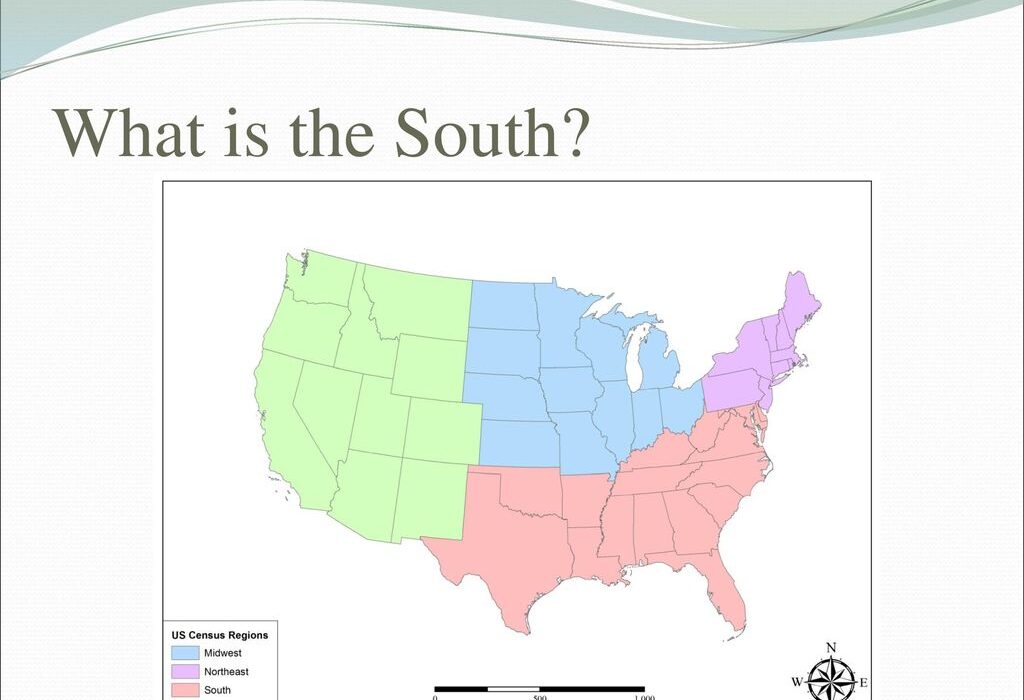As businesses and governments scrambled to assess the implications of these tariffs, uncertainty loomed large over South American markets. The sudden escalation in trade tensions left many industries on edge, with concerns mounting about the potential consequences for jobs and economic stability.
Experts weighed in on the situation, offering insights into the far-reaching effects of these developments.
“The imposition of these tariffs could have significant repercussions for both exporters and consumers in South America,”
noted an economist familiar with international trade dynamics.
“The ripple effects are likely to be felt across multiple sectors, creating challenges for businesses operating in this region.”
Brazil, a key player in South America’s economy, found itself particularly vulnerable to the impact of these tariffs. With its heavy reliance on exports to global markets, especially commodities like soybeans and iron ore, the country braced for potential disruptions in its trade flows. The uncertainty surrounding future trade agreements added another layer of complexity to Brazil’s economic outlook.
Argentina, another prominent economy in the region, also faced mounting concerns over how these tariffs would affect its export-dependent industries. As one of the world’s largest producers of agricultural goods such as beef and wheat, Argentina feared reduced access to crucial markets due to escalating trade barriers.
In response to these developments, government officials across South America scrambled to reassess their trade policies and diplomatic strategies. Talks of diversifying trading partners gained traction as countries sought ways to mitigate the impact of shifting global dynamics on their economies.
“The current geopolitical climate demands adaptability and strategic foresight from policymakers in South America,”
remarked a political analyst specializing in international relations.
“Navigating through this challenging period will require a delicate balance between safeguarding national interests and fostering constructive dialogue with key trading partners.”
Amidst this uncertainty, businesses in South America found themselves at a crossroads – exploring new opportunities while navigating unforeseen obstacles brought about by evolving global trade dynamics. The need for agility and resilience became paramount as companies sought innovative solutions to weather the storm unleashed by these tariffs.
As discussions continued on how best to address this new wave of economic challenges, stakeholders emphasized the importance of collaboration and cooperation within the region. Building stronger intra-regional ties emerged as a strategic imperative for South American nations looking to enhance their collective resilience against external shocks.
In conclusion, South America stood at a critical juncture characterized by evolving geopolitical landscapes and shifting economic paradigms. The impact of Trump’s tariffs reverberated across borders, prompting nations in the region to rethink their approaches towards sustainable growth and prosperity amidst turbulent times.

